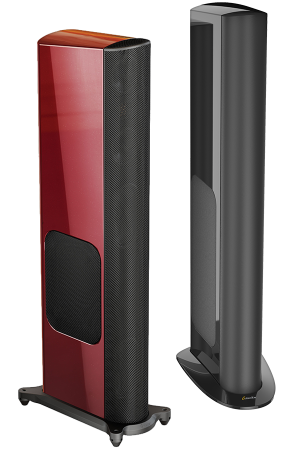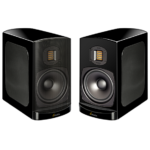GoldenEar Forum Closure Announcement
To Our Valued Community,
Please note that the GoldenEar forum has been shut down. We appreciate the conversations, insights, and passion for high-performance audio that this community has shared over the years.
While the forum is no longer available, our commitment to delivering exceptional sound remains unchanged. For product support or any inquiries, please contact support@goldenear.com
Thank you for being part of the GoldenEar community.
Best regards,
The GoldenEar Team







